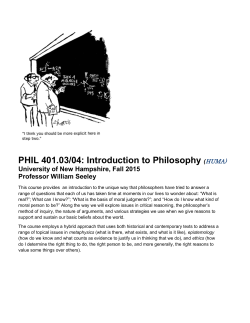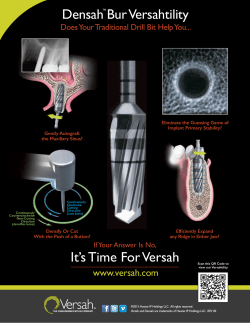
19-Slides - Breaks
Section 19: Fracture Mechanics and Breaks 19-1 FIGURE 32-6 19-2 Skeletal injuries may be open or closed. From: Spotsylvania 19-3 From: Garner Marieb, 2004 19-4 From: Seeley Basic Forces Causing Fracture • • • • Compression Tension Transverse Loading Torsion 19-5 From: Justice Tensile Loading g 19-6 From: Brown Compression Loading 19-7 From: Brown Shear Loading 19-8 From: Brown 19-9 From: Al-Tayyar 19-10 From: Al-Tayyar Fracture Types • Fractures are often classified according to the position of the bone ends after the break: Open (compound) Î bone ends penetrate the skin. Closed (simple) Î bone ends don’t penetrate the skin. Comminuted Îbone fragments into 3 or more pieces pieces. Common in the elderly (brittle bones). Greenstick Îbone breaks incompletely. One side bent, one side broken. Common in children whose bone contains more collagen broken and are less mineralized. Spiral Î ragged break caused by excessive twisting forces. Sports injury/Injury of abuse abuse. Impacted Î one bone fragment is driven into the medullary space or spongy bone of another. 19-11 From: Imholtz 19-12 From: Seeley 19-13 From: Imholtz 19-14 From: Seeley 19-15 From: Seeley What kind of fracture is this? 19-16 It’s kind of tough to tell, but this hi is i a _ _ _ _ _ _ fracture. f From: Imholtz
© Copyright 2025





















